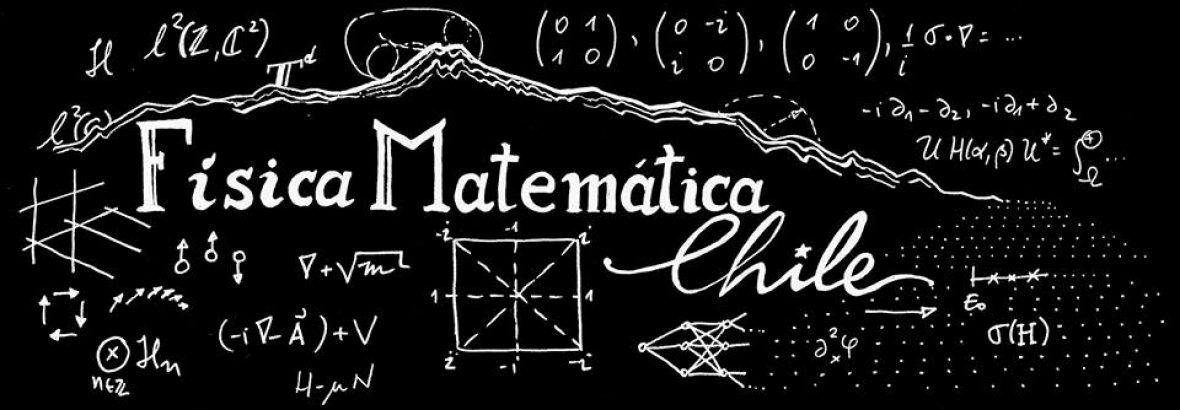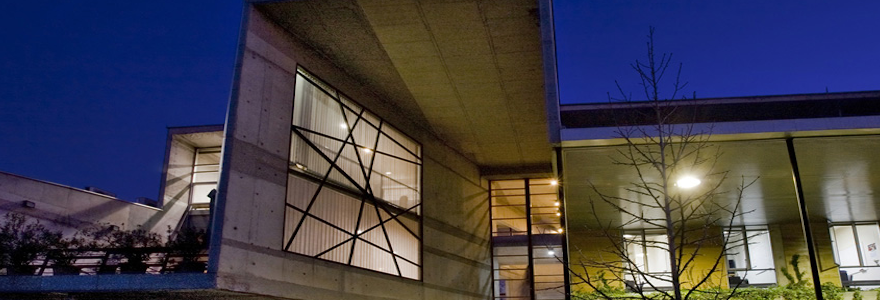Speaker: Max Lein. Tohoku University
Title: On the Topological Nature of Electromagnetic Surface Modes at Metal-Dielectric Interfaces
Place: Pontificia Universidad Católica, Facultad de Matemáticas, Campus San Joaquin, Sala 5
Abstract:
Phenomena that can be linked to the “topology of the system” have become quite ubiquitous and popular in physics, as they tend to be very robust to perturbations. Bulk-boundary correspondences make this mathematically precise. In a recent publication we have identified the presence of electromagnetic surface waves at metal-dielectric interfaces of a given polarization as a topological phenomenon. More precisely, we have shown that we can predict the existence of these surface modes by a hitherto unknown type of bulk-boundary correspondences that has no quantum analog. From a mathematical point of view, these bulk-boundary correspondences should still be regarded as a conjecture, since our work rests on explicit solutions to Maxwell’s equations for planar interfaces.
In this talk, I will explain how we have arrived at these conjectures despite the absence of a complete mathematical theory explaining the underlying mechanism. And I will propose a mathematical framework in which this bulk-boundary correspondence might be made rigorous. Three aspects are particularly intriguing: from the conceptual point of view, this is to our knowledge the first topological effect that is explained not by the analog of the hamiltonian, but by the topology of another conserved quantity — helicity. Secondly, a mathematical explanation involves Krein-selfadjoint operators on Krein spaces (as opposed to selfadjoint operators on Hilbert spaces). Roughly speaking, Krein spaces are Hilbert spaces equipped with a second, indeterminate inner product. And lastly, even the new bulk classification of non-hermitian topological insulators obtained independently by Zhou and Lee as well as Kawabata et al. does not correctly predict the topology of the system.


